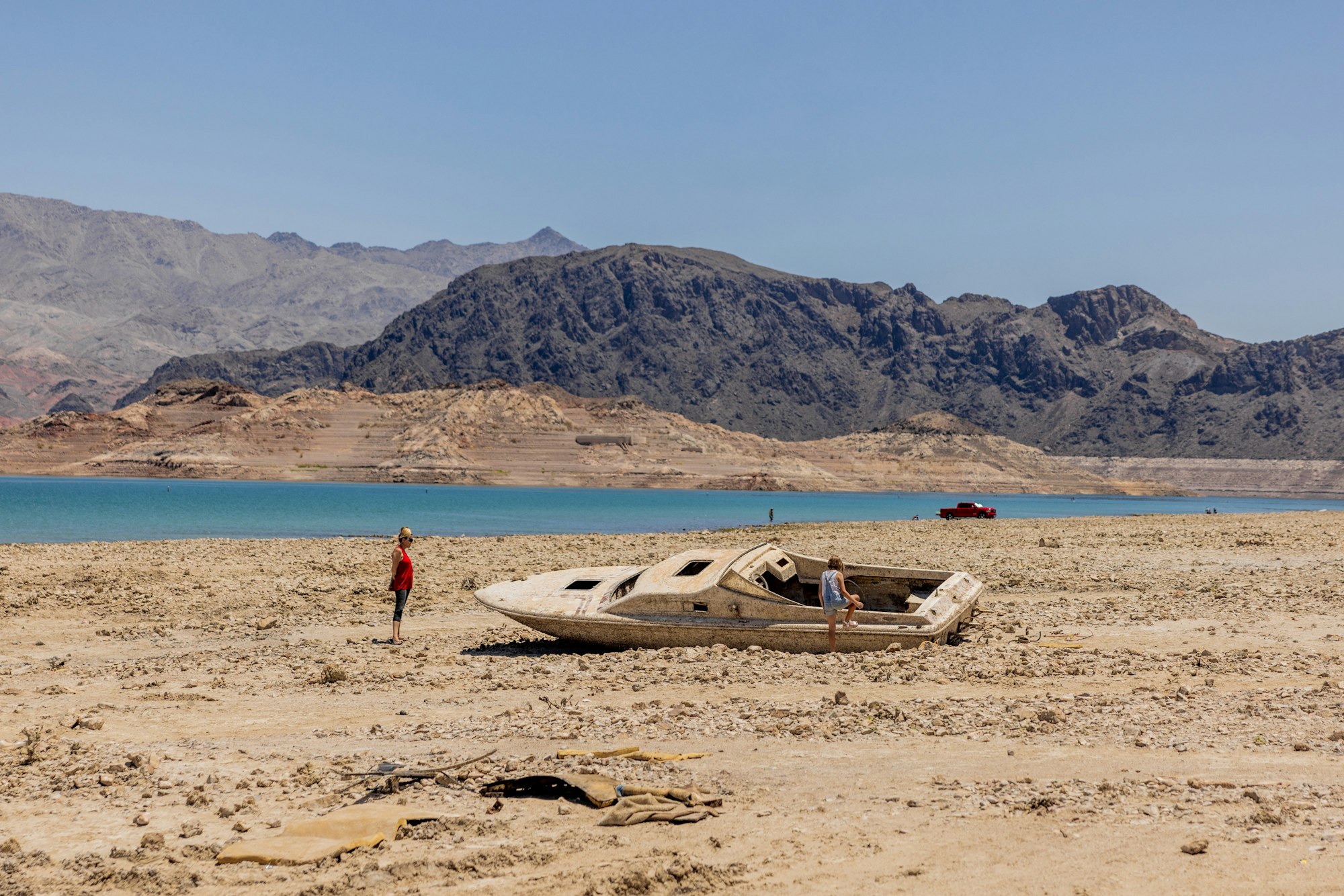Lake Mead's Continual Decline Worries Water Suppliers
While certain parts of the nation, like Idaho, confront flooding issues resulting from tremendous rainstorms, water suppliers in the Antelope Valley and throughout much of California as well as other western states cope with water shortages caused by the historic drought.
One area of major concern that recently made headlines is Lake Mead in Nevada. Lake Mead appears to be vanishing, a not so slow demise of water supplies that feed into the Colorado River.
Lake Mead has been on a steady decline regarding its water level.

A report earlier this week said the lake is currently little more than 1,045 feet above sea level. A year ago, in June 2021, the water level in that lake dropped to 1,071.57 feet, a result of severe drought conditions. That was the lowest since the 1930s, when the reservoir was formed by the Hoover Dam.
In July 1983, Lake Mead reached a high point at 1,225.44 feet.
In early May, weather reports put Lake Mead at 1,052.88 feet above sea level.
The decline in water levels has revealed the location of sunken boats and other vehicles.
The drastic drop in water caused concern across the country because Lake Mead is the nation’s largest reservoir.
Based on news reports, if the U.S. Bureau of Reclamation reports in August that the lake level will be at or below that elevation in January 2023, the southwest will move into the second tier of unprecedented water cuts, reducing the amount of Colorado River supplies available to cities, industrial needs and tribal communities.
